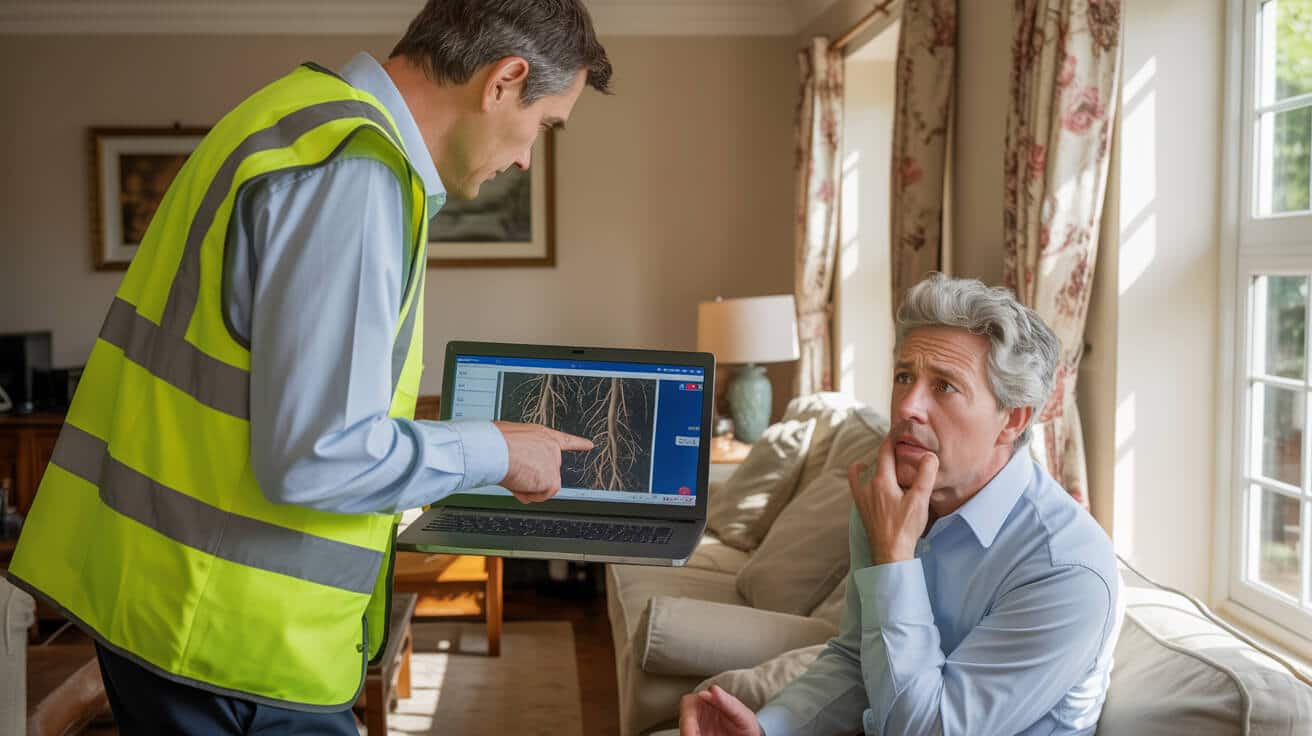 What Are The Most Common Central Heating Problems
What Are The Most Common Central Heating Problems
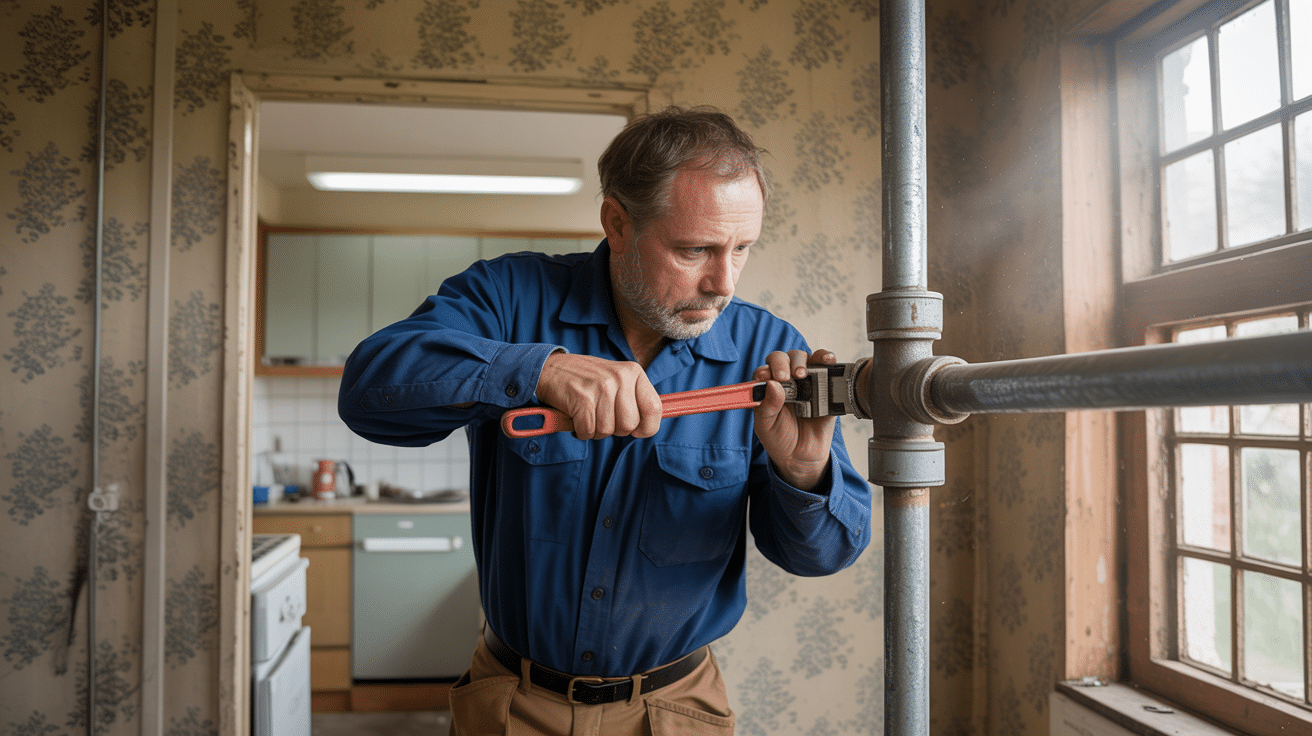
What Are the Most Common Central Heating Problems in UK Homes and Managed Properties?
You expect your heating to work quietly in the background, but discomfort and rising bills only appear when something unglamorous goes wrong—a clunk, a cold corner, a pressure gauge slipping under 1 bar. Central heating issues in the UK aren’t rare blips; they’re repeat offenders that quietly rack up wasted energy and stress. From the first squeaky radiator in a rental flat to full-system cold spots in listed commercial sites, the root problems follow a pattern. Inaction can cost you far more than just a chilly evening.
The most expensive heating problem is the one you ignore until winter bites back.
The most common central heating problems across homes, tenancies, and businesses in the UK include:
- Noisy pipes (banging, ticking, hissing)
- Repeated pressure loss and boiler lock-outs
- Radiators that refuse to get hot or stay consistently warm
- Faulty thermostats or controls that cause unpredictable heat
- Sludge, scale, or air blocks in the system
- Erratic pilot lights, error codes, or boiler breakdowns at inopportune moments
- Neglected or missed annual servicing, undermining compliance and warranty status
Each symptom, left unchecked, can escalate from minor inconvenience to a genuine crisis. For landlords and agents, a persistent fault can put you on the wrong side of compliance—risking fines or emergency callouts that shatter relationships with tenants or clients. For commercial managers, downtime means productivity loss and unexpected maintenance costs.
The root of reliability is proactive recognition and action. By spotting these recurring patterns early—and understanding why they happen—you can sidestep discomfort, avoid disruption fines, and protect your property’s value. Plumbers 4U see these problems daily, and engineer-led fixes mean no guesswork: each fault is identified, explained, and fully resolved with compliance at the core.
Why Do Central Heating Pipes Bang, Tick, or Make Noise—and What Does It Reveal About System Health?
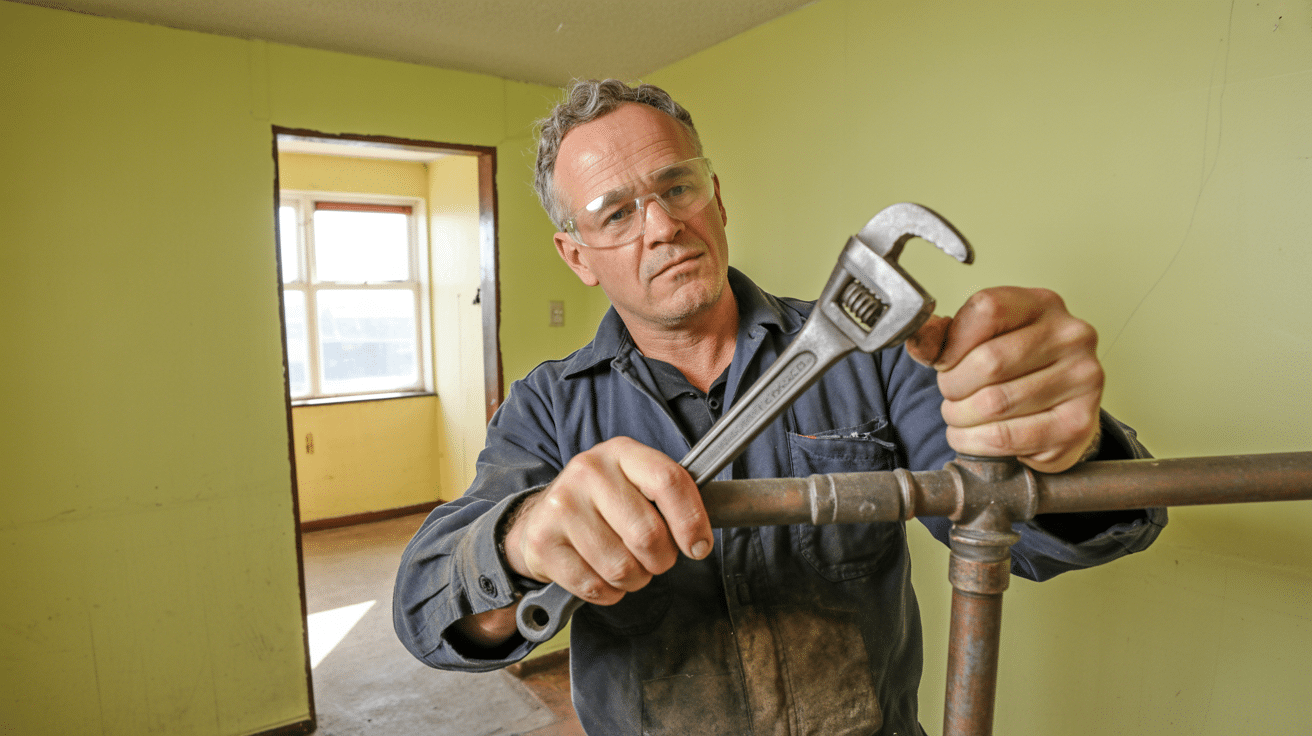
You’re not imagining things: if your pipes bang at night, radiators gurgle, or ticking follows the system start-up, there’s more at stake than just annoyance. Noises from central heating aren’t merely a nuisance; they’re often the system’s first warning signal of developing faults.
- Banging (“water hammer”): Sudden loud knocks, especially after fast valve closures or pump shutoffs, signal a pressure surge. Often, they point to poorly clipped pipes, loose fixings, or excessive system pressure.
- Ticking and clicking: As pipes heat and expand, any rubbing against floor joists or walls produces sharp ticks—revealing insufficient allowance for natural movement.
- Hissing or bubbling (“airlocks”): Air trapped in radiators generates pockets of uneven heat and audible fizzing—common after recent refills or pressure top-ups, especially in properties where maintenance falls behind.
- Gurgling and slow heat-up: Indicates partial blockages through sludge, scale, or corrosion, slowing flow and hiking bills.
Every strange system noise is your property’s way of asking for help (and protecting your wallet).
What Should You Actually Do About Noisy Heating Pipes?
- Bleed all radiators: This removes trapped air—but you must *always* repressurize the system afterwards. Low pressure triggers new problems if ignored.
- Check for loose pipes: Re-secure any visible runs under floors or in cupboards. Vibrating pipes wear joints and are the most common cause of small leaks behind walls.
- Clock when noises happen: Are they at startup, shutdown, or all night? Patterns help diagnose causes, from worn pump bearings (start-up), water hammer (shutdown), to expansion ticks (heat cycles).
- Suspect water quality: If noise persists and radiators remain cold or patchy, call for a system flush and magnetic philtre instal—both proven to restore quiet and efficiency ([Fernox Omega Philtre](https://fernox.com/product/tf1-omega-philtre)).
Professional engineers use pressure and thermal imaging, sound tracing, and movement tests to pinpoint the issue—meaning your solution isn’t just a guess, but evidence-backed. Plumbers 4U engineers handle these details, maintaining records you can trust for insurer queries and future compliance checks.
Why Does Central Heating Pressure Drop—and When Does It Go from Annoyance to Urgent Risk?
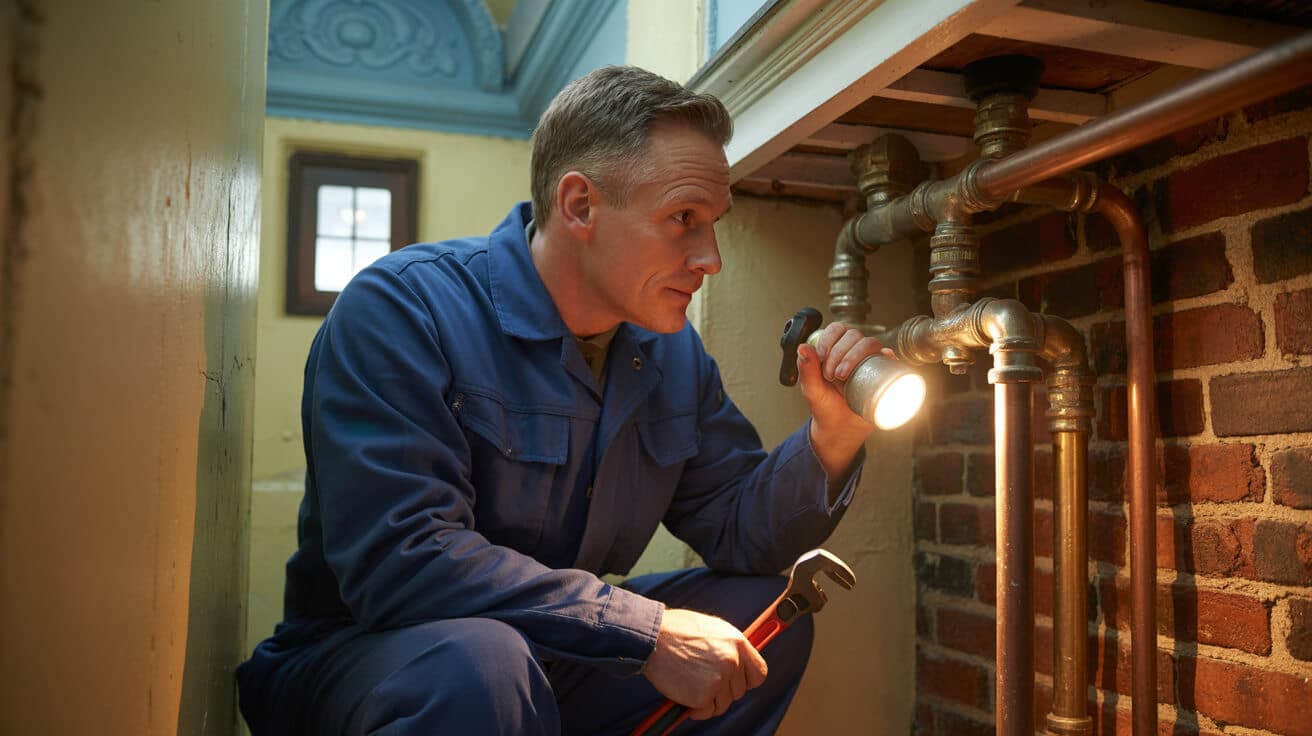
Pressure loss is the silent killer of modern sealed heating systems. A healthy system holds pressure—usually between 1.0 and 1.5 bar—day-in, day-out. Repeated drops or an inability to retain pressure after top-up point to more than just air escapes.
Every time you top up the gauge just to keep the heating going, you risk turning a small leak into a big bill.
Typical Reasons for Pressure Loss
- Micro-leaks: Pinholes in pipes beneath floors, small compression faults behind kitchen panels, or aged expansion vessels all bleed pressure invisibly.
- Leaking PRVs (Pressure Relief Valves): If you see drips or stains under boiler outlets, the valve could be venting due to overpressure episodes.
- System recently bled: It’s normal to need a small top-up after bleeding radiators—but if the need keeps coming back, investigate for underlying leaks.
- Old or worn expansion vessels: These absorb pressure fluctuations; if faulty, they regularly trigger PRV discharge or system lock-out.
The Right Way to Deal With Pressure Loss
- Weekly gauge checks: Don’t just wait for cold rooms—monitor the gauge after each bleed, at random intervals, and especially after noisy system episodes.
- Look for water marks: Behind appliances, around radiators, or at boiler discharge pipes—any sign of damp or corrosion deserves immediate note.
- Log every top-up: Frequent top-ups mask larger issues; every refill should be recorded and, if more than twice in a season, escalated to an engineer.
- Professional diagnostics: Dye tracing, segment isolations, and thermal imaging allow targeted, minimally invasive repairs.
Fixes by a WRAS or G3 engineer from Plumbers 4U are all documented and certified, making sure your asset remains insurable, compliant, and future-proof for audits or tenant safety records (Benchmark Scheme).
Why Do Radiators Stay Cold or Fail to Heat Evenly—And How Can You Restore Comfort Without Guesswork?
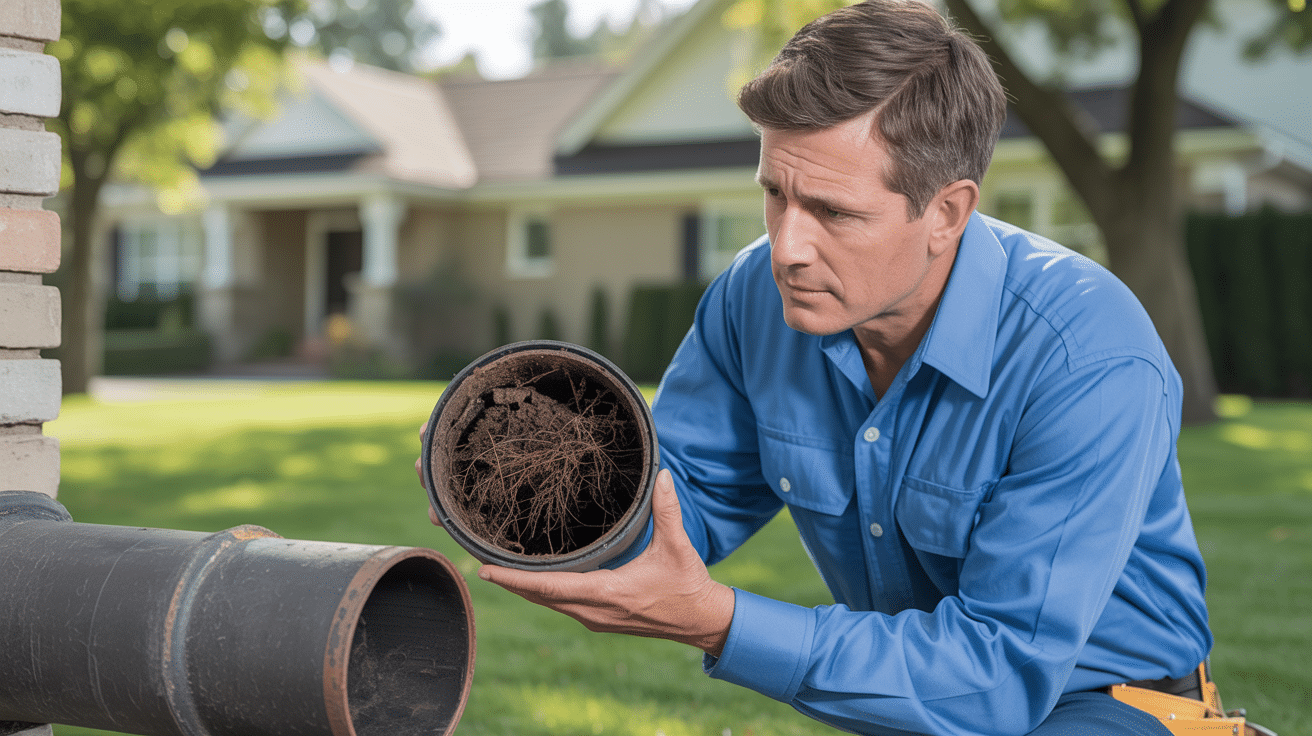
A cold radiator or patchy heat pattern isn’t something to put up with: it’s a pointer that something is amiss within the heating loop. Don’t fall into the trap of repeated random bleeding—it’s the nature and location of cold spots that tells the true storey.
- Cold at the top, hot at the bottom: Classic airlocks—bleed the radiator, then verify that pressure did not drop too low (1.2–1.5 bar is most common range for sealed systems).
- Cold at the bottom, hot on top: Sludge or debris collects at the base, restricting flow. Affected units feel heavier and heat up only after the rest of the house is warm. The solution: power flush and philtre fitment.
- One radiator won’t heat: The culprit is usually a seized or stuck TRV or lockshield valve. In larger premises or commercial settings, unbalanced pipe runs can also lead to this fault.
- Several patchy units: An out-of-balance system—radiators furthest from the boiler lag behind. Flow rates require professional balancing, usually best handled after any upgrade or extension work.
Every cold spot is both a comfort loss and a hidden signal for future system wear.
Steps to Get Even, Reliable Heat
- Bleed, balance, and dose: It’s not enough to just bleed air—balancing and anti-corrosion dosing keep flow uniform and prevent future issues.
- Professional review if patterns recur: If symptoms return after basic steps, it’s time for deeper diagnostic checks—pump output, pipe sizing, and zone valve logic all impact distribution.
- Upgrade filtration: Magnetic philtres dramatically reduce sludge in old and new systems alike. A one-hour add-on now avoids bigger fixes later.
- Documentation matters: A full system health check—like those offered by Plumbers 4U—means each valve, philtre, and pipe run is mapped and explained for your records and future service calls.
What Stops a Boiler from Firing Up, and How Can You Tell Safe DIY Fixes from Problems Needing a Certified Engineer?
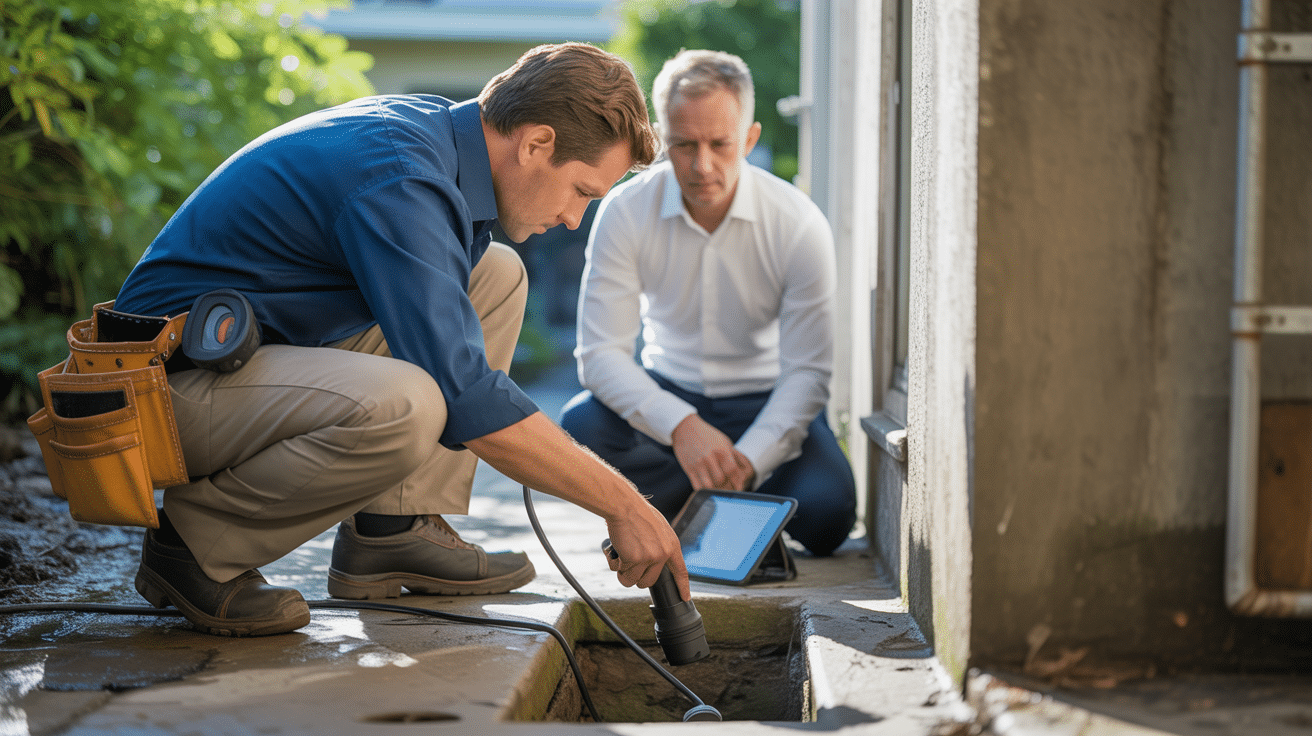
Waking to no hot water or cold rooms triggers understandable stress. Rather than panic, move through a structured set of logical checks—most common faults are systematic, not catastrophic.
- Electrical supply off: Fused spur could be isolated; standard is a 3A fuse. Confirm by plugging in another device or checking power at the programmer and thermostat.
- Pressure out of range: Sealed systems below 0.9 bar or over 2.5 bar won’t operate—refill to ‘green’ with water via the filling loop, then reset with the boiler’s built-in controls.
- Controls or programmer failure: Replace batteries in old units, verify timer settings and check for reset cycles after power cuts.
- Error codes visible: Modern UK boilers include diagnostic LEDs or display codes—reference the manual or manufacturer’s online list for targeted fault paths.
- Certification and compliance: Service up-to-date? Documentation matters; incomplete GasSafe, WRAS, or G3 records can slow support and may invalidate warranty claims ([Plumbers 4U Accreditation](https://plumbers-4u.co.uk/our-plumbers)).
Sometimes, the difference between a disaster and a quick fix is knowing when to call in evidence-led support.
Never attempt DIY on anything gas-related, unvented cylinders, or sealed appliances—these require qualified engineers for both safety and legality. When in doubt, Plumbers 4U engineers isolate, diagnose, and repair in line with both regulation and best practice, protecting you from compliance risks and system damage.
Why Are Heating System Noises and Changes in Comfort More Than Just Annoying—What’s the Hidden Cost?

Beyond being a distraction, system noise and uneven heat are often the first clues to inefficiency, energy waste, and lurking faults that drain money and peace of mind.
- “Kettling” (boiler whistling): Caused by scale inside the heat exchanger, typically in hard water regions. Treated with a chemical flush and anti-scale dosing.
- Buzzing or vibrating at the pump: May relate to worn bearings, poor mounting, or a pump setting too high. Modern, self-modulating pumps save bills and silence vibration ([Grundfos UK](https://www.grundfos.com/uk/learn/research-and-insights/choosing-a-central-heating-pump)).
- Chattering or clicking valves: If you feel zones not heating or find some rads stone-cold, suspect a failing actuator—these are predictable wear points and best swapped before winter demand spikes.
- Continuous gurgling after refilling: Often unresolved air, but could also mean partial blockages. Both call for engineer review to prevent escalation.
The secret to a quiet, efficient heating system is routine inspection—not just last-minute fixes.
An annual engineer service is more than a ‘tick-box’—it includes cleaning philtres, checking for wear, sound testing, and recalibrating controls. Plumbers 4U provide documentation that is asset-grade: perfect for insurance, letting compliance, or proof-of-maintenance portfolios.
Is Central Heating Inefficiency Just an Annoyance, or Is It a Testament to Larger Repair or Compliance Risks?
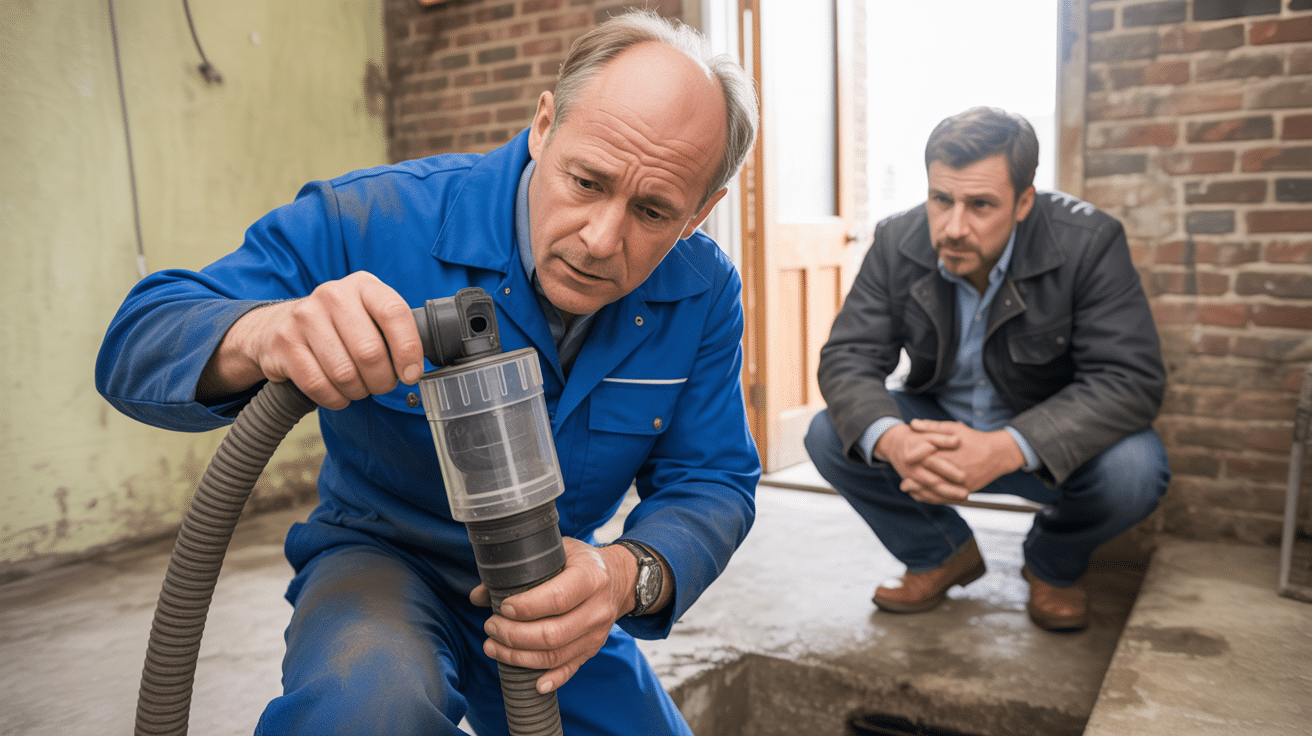
Rising heating bills, tepid rooms, and unpredictable hot water aren’t just a cost of old age—they signal system weaknesses that will undermine comfort, drive up repair costs, and weaken compliance status if ignored.
- Partial blockages and airlocks: These force boilers to run longer and harder, accelerate wear, and can be quickly picked up (and resolved) with system flushes and filtration upgrades.
- Outdated thermostats and controls: Old dials lead to erratic heat and missed savings—modern smart thermostats can cut bills and support better room-by-room comfort and compliance ([Part L Building Control](https://www.gov.uk/guidance/building-regulations-approved-document-l-using-traditional-and-smart-controls-for-heating)).
- Missed annual maintenance: Insurance and warranty claims often require up-to-date records. Landlords and commercial managers, in particular, should maintain clear, timestamped digital logs for every system—Plumbers 4U delivers this as standard.
- Neglected philtre and inhibitor checks: Especially in hard-water areas, missing these links to repeated breakdowns and higher energy use.
Taking a proactive, evidence-led approach—always grounded in compliance—means EPC ratings improve, grants become accessible, and hidden losses are stopped in their tracks. A regular visit from Plumbers 4U does more than avoid drama: it’s an investment in comfort and future property value.
Why Does Compliance and Documentation Matter for Your Brand, Risk, and Peace of Mind?
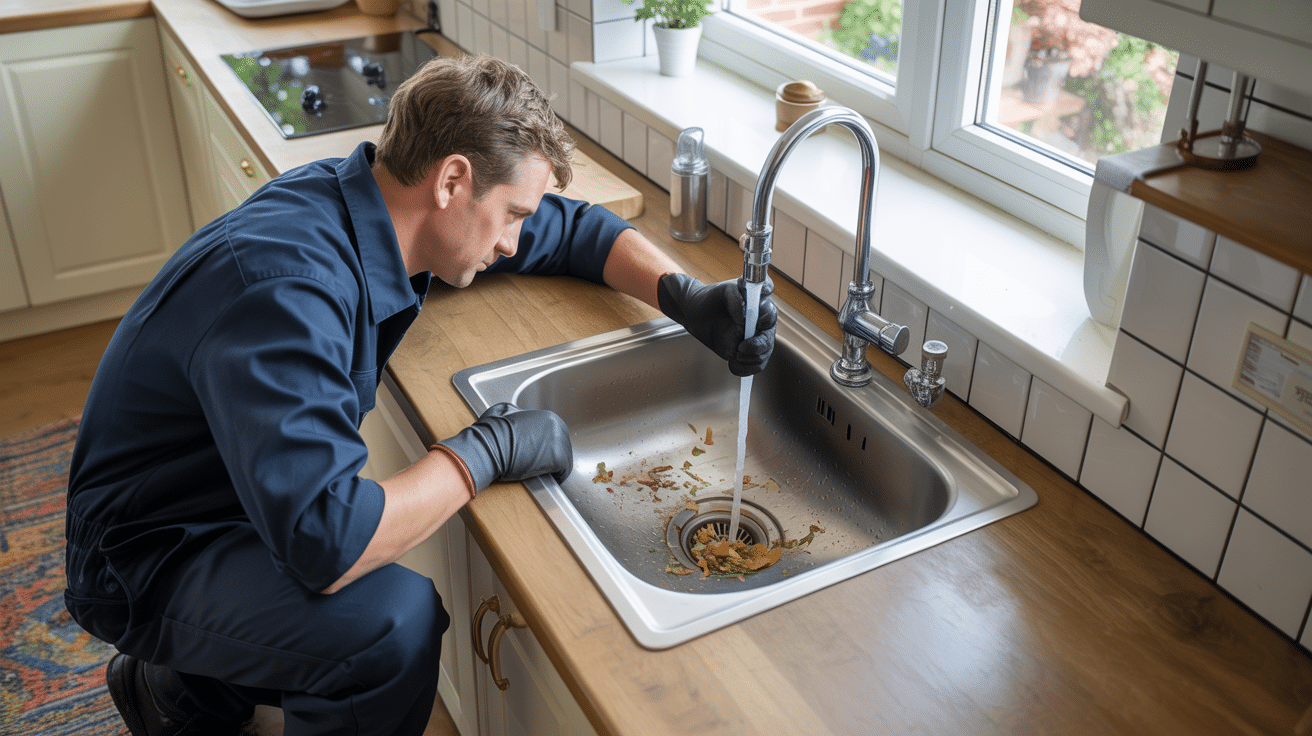
In the UK property landscape, compliance is more than just paperwork—it’s the bedrock of reliable asset management, cost control, and legal protection. Regulations (GasSafe, G3, WRAS, WaterSafe, Part L, CP12) may seem overwhelming, but each exists to shield owners, managers, and occupiers alike.
The best warranty in the world is still useless if the paperwork is missing.
How Compliance Protects Owners, Landlords, and Managers
- Legal security: Non-compliance with heating and safety regulations can result in fines, removal from lettings registers, and delayed sales or lettings ([GOV.UK](https://www.gov.uk/private-renting/your-landlords-safety-responsibilities)).
- Insurance and warranty viability: Insurers require up-to-date, traceable logs and signed service records for every covered system claim.
- Grant, EPC and value unlock: Only compliant installations and upgrades (e.g., smart controls, efficient boilers) qualify for support and improved property grades ([epc4less.com](https://epc4less.com/blog/ways-to-improve-epc/)).
- Landlord must-haves: Annual CP12, signed G3 forms for cylinders, and EPC certificates should be tracked digitally or physically—Plumbers 4U keeps both for you, making renewals and emergency support effortless.
- Tenant/occupier confidence: A clean documentation and maintenance record signals to every future tenant, buyer, or auditor that the asset is cared for and safe.
Choosing Plumbers 4U means compliance and confidence: you’re always equipped with the right paper trail and digital readiness, handled automatically.
Book Now—Plumbers 4U Delivers Engineer-Led, Evidence-Backed Heating Solutions
Ultimately, your heating system is more than just hardware—it’s the foundation for comfort, asset value, and regulatory protection. Every check, flush, certificate, and engineer visit is a direct investment in financial stability, reputation, and stress-free ownership.
When you trust Plumbers 4U:
- All jobs are handled by WRAS, G3, and WaterSafe-certified engineers—compliance isn’t just promised, it arrives with every visit.
- Digital work reports, before/after images, and clear records are always included, keeping audit and warranty queries just a click away.
- Proactive maintenance—like power flushing, zone balancing, philtre fitting, and smart control installation—stops emergencies before they start.
- No admin headaches: we track, file, and remind you when compliance or maintenance is due.
- Urgent needs? From leaks to lock-outs, our rapid response never leaves you out in the cold, whether you manage a family home or a commercial block.
Quiet comfort, documented protection, and a warm, reliable property start the moment you act.
Contact Plumbers 4U now to restore reliability, secure peace of mind, and see the difference of engineer-led, evidence-backed heating support. Your comfort and compliance are protected—all you have to do is take the first step.
Frequently Asked Questions
What unexpected early-warning signals reveal trouble in a central heating system—and why should you act now?
Unusual pipe sounds, a radiator that never quite gets warm, unexpected thermostat resets, and that steady need to top up the boiler’s pressure gauge—property owners spot these, but too often dismiss them as just “quirks.” The truth is that these faint signals are the start of a silent spiral: air accumulating, sludge settling, or expansion vessels and valves weakening. If your system needs topping up every few weeks, or you’re resetting a “fault” code more than once a season, there’s brewing disruption behind the walls—one that, left alone, lands as a heavy repair bill or a compliance query at audit.
Disaster doesn’t announce itself—it trickles in as an odd noise or small pressure drop.
Which overlooked faults escalate costs or compliance risk fastest?
- Recurring cold spots: These can reflect years of internal rust build-up (sludge) or airlocks, both of which ramp up bills and accelerate wear.
- Persistent boiler “top-ups”: If the pressure slips below 1.0–1.2 bar in a fortnight, suspect hidden leaks or a fatigued PRV.
- Odd system noises: Clicking, ticking, or gurgling isn’t “just pipes settling”—these are reminders that brackets could be loose, pumps straining, or temperature differentials running unchecked.
- Regulatory aftershocks: Landlords and block managers risk noncompliance or insurance disputes when complaints keep returning—records matter.
Stepwise diagnostics—like those at Plumbers 4U—document every reading and fix, closing the feedback loop before problems become emergencies. Choosing trusted pros means you don’t just patch issues—you prove responsibility when inspectors, insurers, or tenants come calling.
What decisions can separate homes with reliable heat from those facing recurrent callouts?
Proactive inspection, pressure logging, and documented interventions give owners the upper hand. When in doubt, evidence beats guesswork every time.
—
Why do some radiators and rooms stubbornly stay cold—even with the heating on full blast?
When your heating bill climbs but some rooms remain chilly, the issue almost never starts with the boiler. Stubbornly cold radiators—at the top or the bottom—result from trapped air, limescale, sticky TRVs, or years of internal debris. A unit that’s cold up top is suffocating on air; one cold beneath is choked with gunk. If the entire zone is lagging, imbalanced flows or a system-wide block are likely suspects. Left alone, these issues seed tenant complaints, energy waste, and compliance headaches for larger portfolios.
A cold spot in January echoes as tenant frustration in February and lost audit points in spring.
What’s the real fix for uneven heating—step by step?
- Systematic bleeding: Always start at the highest point and work downward. If pressure drops, pause to check for possible leaks before continuing.
- Valve and TRV checks: Over summer, pins and valves seize up—move them gently, and replace anything sticky.
- Professional system balancing: When repeated symptoms show across rooms or floors, proportional valve adjustment by an engineer ensures even distribution—no guesswork.
- Routine documentation: Every repair and adjustment becomes a breadcrumb trail, proving diligence for audits or insurance.
Plumbers 4U logs all actions with before-and-after proof, syncing repairs with digital compliance. Managers and landlords can validate every “fix”—and future engineers see the full storey.
How does an expert guarantee even heat stays that way?
A central heating certificate and repair log are more valuable than a verbal promise. Genuine professionals photograph and log every balance, bleed, and swapped TRV—so heat issues don’t recur.
—
How can you reliably trace and permanently resolve hidden leaks or central heating pressure loss?
Pressure that won’t hold—even after topping up the filling loop—signals a leak, expansion vessel issue, or failed PRV. Most leaks hide: under kitchen units, within boxed-in pipework, or beneath floors. Many are invisible until they’ve quietly inflicted hundreds in water damage, mould growth, or even rotted joists. These “invisible” culprits are why simple top-ups never last: the real trouble continues below the surface and will dog you at every service check unless addressed properly.
The most expensive heating leaks rarely show at all—until you’re facing bigger damage or denied claims.
What’s the expert sequence for stopping pressure loss at the root?
- Baseline tracking: Regularly note your system’s bar readings—a well-sealed system holds steady between 1.0 and 1.5 bar.
- Thermal imaging & tracer dye: Used by Plumbers 4U, these tools track leaks in places no naked eye can reach.
- Targeted vessel and valve testing: Specialists recharge expansion vessels and test PRVs with calibrated equipment, rather than swapping parts blindly.
- Warranty-compliant archiving: Full evidence—photos, pressure logs, and engineer credentials—protects your rights if disputes arise.
Leaning on proven leak detection (not just trial and error) protects your property and removes future headaches around insurance, tenancies, or audits.
What proof secures your cover for property sale or regulatory check?
Landlords, sellers, and agents should keep a file with all documentation—pressure logs, repair receipts, photos of the fixed leaks—covering every major action. Without this, you risk denied claims, compliance slots on audit, or lower offers at sale.
—
Can noisy heating pipes or boilers cause costly property damage—and what’s the right way to respond?
Rattling, thumping, or hissing in pipes isn’t “just the plumbing chatting”—these noises are your early warning that something’s working outside its tolerances. Pipe hammer shakes pipes loose and cracks brackets, while persistent hiss, slosh, or rumble means blockages, air pockets, or uncontrolled flow. For busy managers, ignoring these signals risks more than a noisy tenant: it can spiral into hidden leaks, failed inspections, and urgent, expensive out-of-hours repairs when a joint fails.
The quiet hum that keeps you up tonight can wake you with a major leak in a month.
How do you silence noise and extend system life—without overhauling everything?
- Bracket and insulation check: Secure, renew, or replace loose pipe supports. Foam clip-on insulation stops vibration, safes joints, and muffles future rumbles.
- Yearly flow rebalance: Qualified engineers calibrate water flow, spread heat evenly, and reduce mechanical stress—Plumbers 4U logs every adjustment.
- Proactive tenant or staff engagement: Train those on-site to report changes promptly. Early reporting prevents emergencies and proves regulatory diligence for block managers.
A problem ignored today may emerge as a costlier, panic-prone fix tomorrow. Smart operators act, log, and audit their systems—embedding confidence for the next audit or claim.
Why does the right paper trail matter for compliance and peace of mind?
In landlord, corporate, or management scenarios, demonstrating prompt attention and holding certified service records is your defence against complaints or legal challenge. Plumbers 4U packages all interventions with proof.
—
When is it essential to call a certified engineer rather than attempt central heating repairs yourself?
If a single radiator is cold, and it’s fixed by a quick bleed, that’s safe ground. But sustained low pressure, unexplained damp, repeated lockouts, or mystery error codes cross into engineer territory—especially where insurance, lease law, or regulatory signoff matter. DIY beyond the basics risks not only voiding warranties but can legally jeopardise tenancies, rental compliance, or commercial licences if something goes wrong post-fix.
A 20-minute call to a certified technician can mean your warranty, insurance, and safety all stay intact for years.
What separates genuine service from guesswork, and why is it vital?
- Check WRAS, G3, or WaterSafe ID badges: Only these engineers may legally work on certain systems—especially unvented cylinders and landlord properties.
- Insist on documented fixes: Repairs are only as strong as the proof provided; certified logs are vital for disputes, claims, or tenant queries.
- Transparent terms upfront: The best providers set clear pricing and specify all actions before starting. Plumbers 4U leads the industry in this documentation.
Homeowners, agents, and property managers should never risk a “quick fix” on persistent issues—call in certified support and expect evidence of every job well done.
—
What maintenance or efficiency upgrades genuinely improve heating system value and compliance today?
Beyond the bare-minimum “annual check,” modern asset protection now relies on scheduled philtre upgrades, proactive re-balancing, and digital service logs. The biggest levers: high-efficiency (magnetic) philtres, inhibitor dosing, and engineered flow balancing, all digitally certified and logged for audit. As policies and standards evolve, documented, professional maintenance isn’t just about running costs—it’s the backbone of EPC ratings, rental guarantees, insurance eligibility, and property sale value.
The legacy of your building is written in its service log—not only on the day of the audit but at every point of sale.
Which specific steps transform system reliability and long-term value?
- Engineer-serviced checks with digital logging: These head off faults, spot compliance gaps, and prevent value-eroding “surprises” for years.
- Modern philtres and inhibitor treatments: Adding these fends off 80% of sludge-related breakdowns and keeps operations at peak efficiency.
- Centralised compliance filing: Savvy managers use digital handbooks or portals so tenant queries, audits, and warranty claims are handled at speed.
- Forward-facing upgrade planning: Leaders don’t wait for breakdowns; they replace parts or commission re-balancing on a scheduled basis—minimising fire drills.
Plumbers 4U isn’t just a fix shop—it’s a property partner championing modern, compliance-first management. Your asset, tenant comfort, and audit results are all covered—every day of the year.


